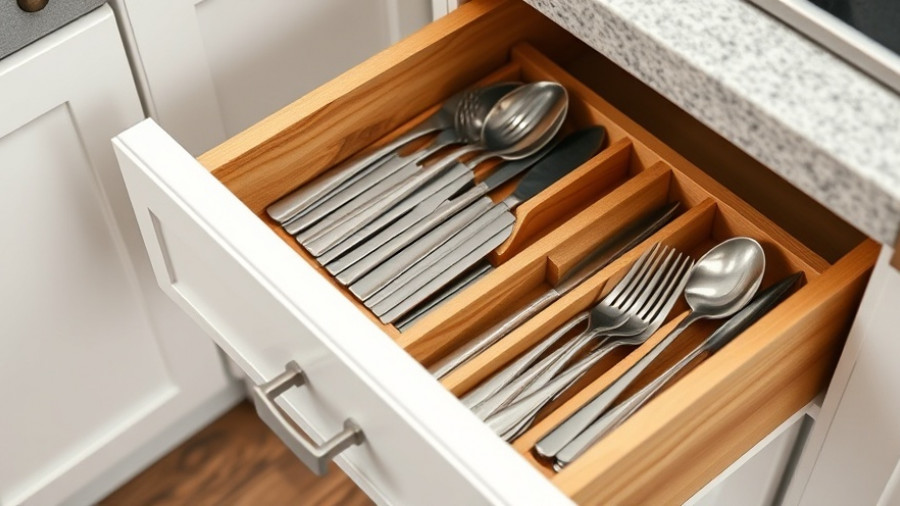
Understanding the Importance of Proper Paint Preparation
Painting clapboards, particularly for exteriors, involves more than merely applying color; it begins with meticulous preparation. In the recent episode of This Old House, Mauro demonstrated a methodical approach to painting, emphasizing the necessity of primers as a crucial first step. The use of an oil-based primer before the application of the final coat ensures a durable, vibrant finish that can withstand the elements. For homeowners, understanding proper paint preparation is vital; it not only enhances aesthetics but also prolongs the lifespan of the paint job, ultimately saving money on frequent repaints.
In Painting Clapboards Indoors | This Old House, the discussion dives into effective painting practices, exploring key insights that sparked deeper analysis on our end.
The Significance of Choosing Historical Colors
Color selection is a vital aspect of home aesthetics, especially when restoration or renovation is involved. Mauro’s choice of a historic blue color reflects a broader trend in home design that appreciates and respects traditional aesthetics. Homeowners looking to paint or renovate their homes should consider historical color palettes that enhance the home’s character without sacrificing modern vibrancy. This not only adds charm to the property but can also increase its value. Utilizing informed choices in color can lead to positive impressions—be it from passersby or potential buyers.
A Closer Look at Painting Techniques
The technique of spraying paint on clapboards, as shown in the video, allows for an even application that can reach complex surfaces easily. Mauro expertly demonstrated the method of spraying all four sides of the clapboards swiftly and efficiently. For homeowners aiming to tackle painting projects themselves, understanding the benefits of proper techniques can make all the difference. Utilizing equipment like paint sprayers, and focusing on methods that reduce drips and uneven coats can lead to flawless finishes.
Tips for Homeowners: When to DIY vs. Hiring Professionals
While Mauro’s skills enable him to tackle significant outdoor projects, many homeowners must consider their capabilities and the project's complexity. Before deciding to DIY, assess your skills and comfort level with tools and techniques involved. In some instances, like intricate or large-scale jobs, hiring professionals can save time and ensure a quality finish. If you do choose to go the DIY route, start with smaller projects to build confidence and experience.
Maintenance After Painting: What to Expect
Once the paint is on the clapboards, the job isn’t entirely complete. Maintenance is essential to maintain the aesthetic and protective qualities of the paint. Homeowners should regularly inspect painted surfaces, looking for anything from fading to chipping and peeling. Minor touch-ups when needed can extend the paint's life significantly. By following a proactive approach to maintenance, homeowners can ensure their painted surfaces remain stunning for years.
In Painting Clapboards Indoors | This Old House, the discussion dives into effective painting practices, exploring key insights that sparked deeper analysis on our end. The process highlighted not only the technical aspects of painting but also the implications of color choice, the importance of preparation, and maintenance strategies that every homeowner can implement.
Taking the time to understand these various components of home painting can elevate a simple job into a significant enhancement to your home’s appeal and longevity. Ready to tackle your paint project? Start by considering the takeaways from this video and our analysis, and transform your home today!
 Add Row
Add Row  Add
Add 




Write A Comment